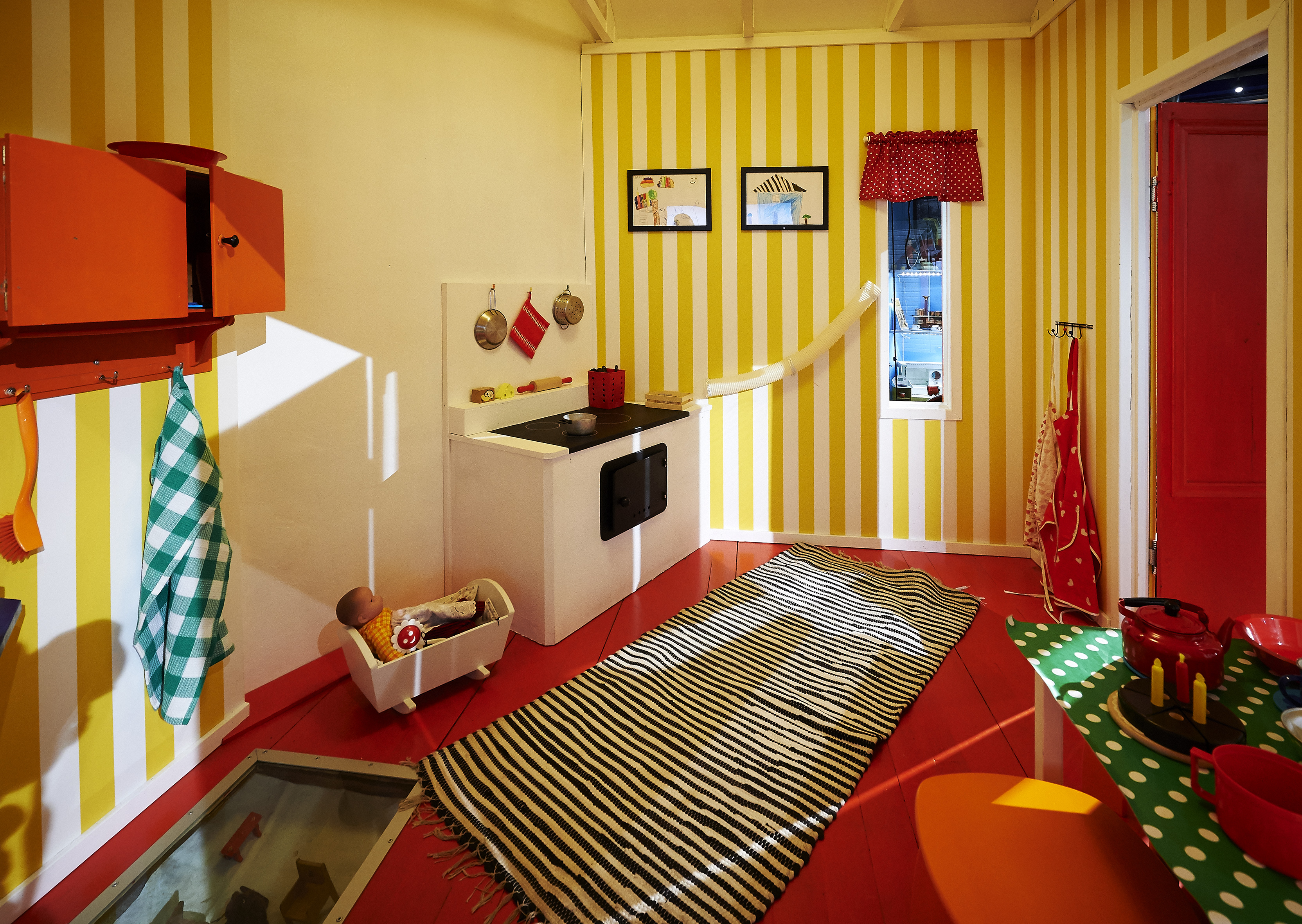
Play
Play is an awesome, fun way to break beyond imagination and of extreme importance to a child’s development. The Helsinki Design Week podcast delves into designing toys and playgrounds. We’ll also ask if play is too limited these days.
Helsinki Design Weekly interviews the director of the Finnish Toy Museum Hevosenkenkä Johanna Rassi, landscape architect Pia Kuusiniemi, who is specialized in playground design, and play specialist Lenita Humalajärvi, 4 years of age.
What is the playground of your dreams like?
Pia: “It should be joyful and invite me to come back. It would include natural elements and animals and provide opportunities to get busy with all sorts of things. The playground of my dreams would have something interesting to see and do always and let me leave it in good spirits.”

What needs to be considered when designing playgrounds and toys?
Pia: “In these days, playground design starts with functional design so that kids can use the place for exercise. Natural environments obviously provide more opportunities and elements to feed their imagination. Because of liabilities, play and playgrounds are highly, perhaps too regulated with various norms. It would be lovely to provide outdoor play areas with personnel so that kids could play a bit wilder and less secure.”
Johanna: “Toy history often addresses the design of developmental toys. This type of toys are made as simple and neutral by form and colour as possible in order to feed kids’ imagination. Whether they function as intended is another matter. These days the toys we buy in stores are so over-the-top designed that their stories are ready-made for the kids, too.”
For whom are playgrounds designed these days? Are parents supposed to participate, too?
Pia: “Adults control their kids a lot these days. Not only at playgrounds but in any public place, which creates a contrast with what people wish from playgrounds. Kids are not supposed to fall down or get their expensive clothes dirty.”
Johanna: “Kids’ play territory has shrunk a lot. Before, everywhere was a playground and kids were free to roam the woods and the streets. Now we think only certain areas are for play. Digital devices have increased parental control and the need to constantly monitor what kids are doing and where they move.”

You’re playing house with your friends. What do you do?
Lenita: “We play house like it’s supposed to be played.”
Listen to the entire interview and hear this week’s deprivation tank test here.
Helsinki Design Weekly at Radio Helsinki on Fridays at 12.00 and reruns on Saturdays at 9.00. This programme was enabled by our partners Modeo and Design Museum.
Photos: Design Museum and Hevosenkenkä Theatre and Toy Museum